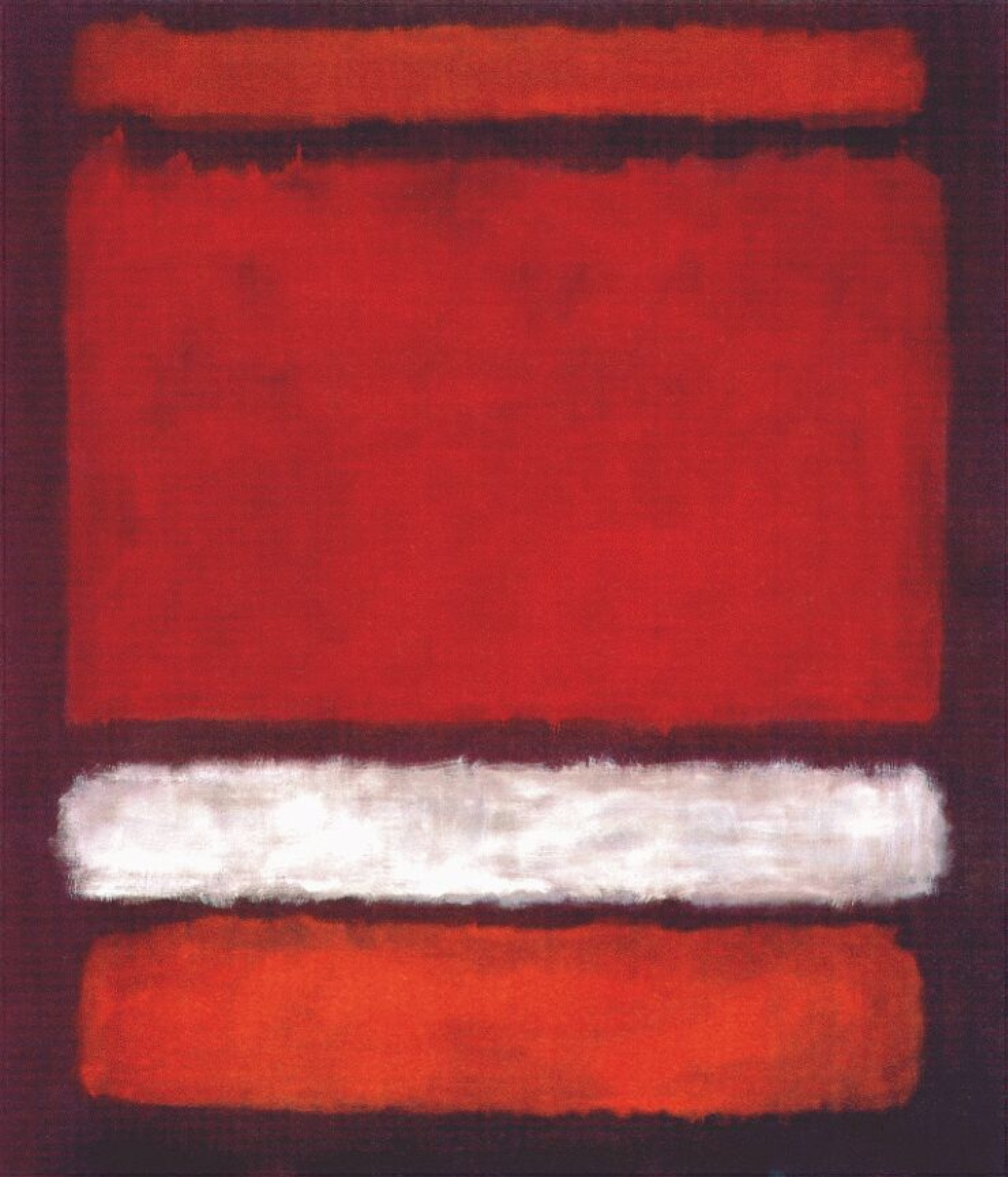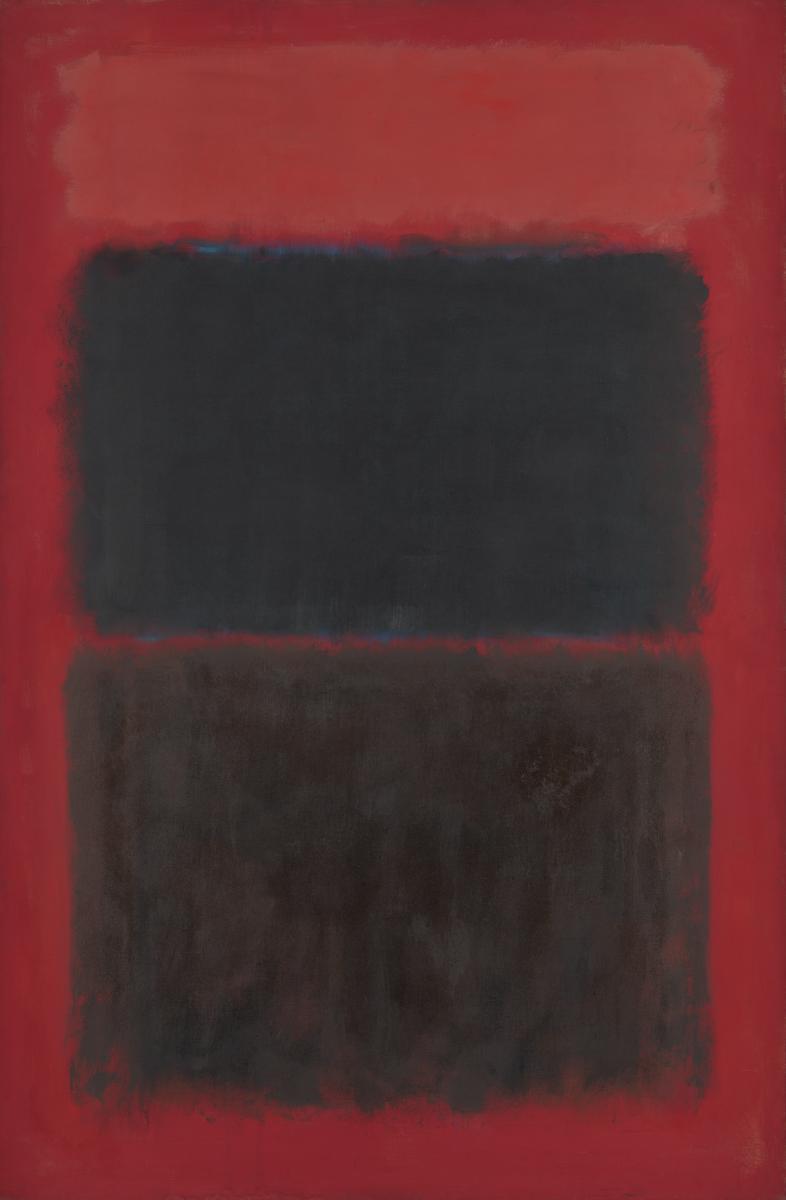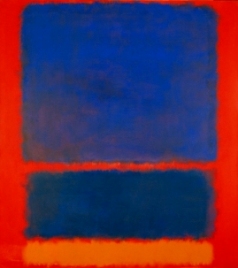Mark Rothko was a prominent American abstract expressionist painter known for his colorful and expressive rectangles of color. Born in Russia in 1903, Rothko immigrated to the United States as a child and eventually studied at Yale University before moving to New York City to pursue a career in art.
Rothko's early work was heavily influenced by surrealism and mythology, but he eventually moved towards more abstract and expressive styles. In the 1940s and 1950s, he became one of the leading figures in the abstract expressionist movement, which emphasized spontaneous and gestural brushwork, as well as the emotional content of the artwork.
One of the defining characteristics of Rothko's paintings is his use of color. His works often consist of large, overlapping rectangles of color, sometimes with subtle gradations between them. The colors he used were often rich and saturated, and he often layered the paint to create a sense of depth and complexity.
Rothko's use of color was not simply decorative, but was intended to evoke emotional responses in the viewer. In his own words, he believed that "a painting is not a picture of an experience, it is an experience." He sought to create a sense of mystery and introspection in his paintings, inviting the viewer to engage with the work on a deeper, more emotional level.
In addition to his use of color, Rothko was also known for his use of composition. His paintings often feature large, simple shapes, such as rectangles or circles, arranged in a grid-like pattern. This compositional structure gives his paintings a sense of balance and stability, while also allowing the viewer to focus on the color and emotional content of the work.
Overall, Mark Rothko's work is a powerful example of abstract expressionism, with its emphasis on color, emotion, and composition. His paintings invite the viewer to engage with them on a deeper level, and to experience the work as a feeling or emotion rather than simply as a representation of the physical world.









